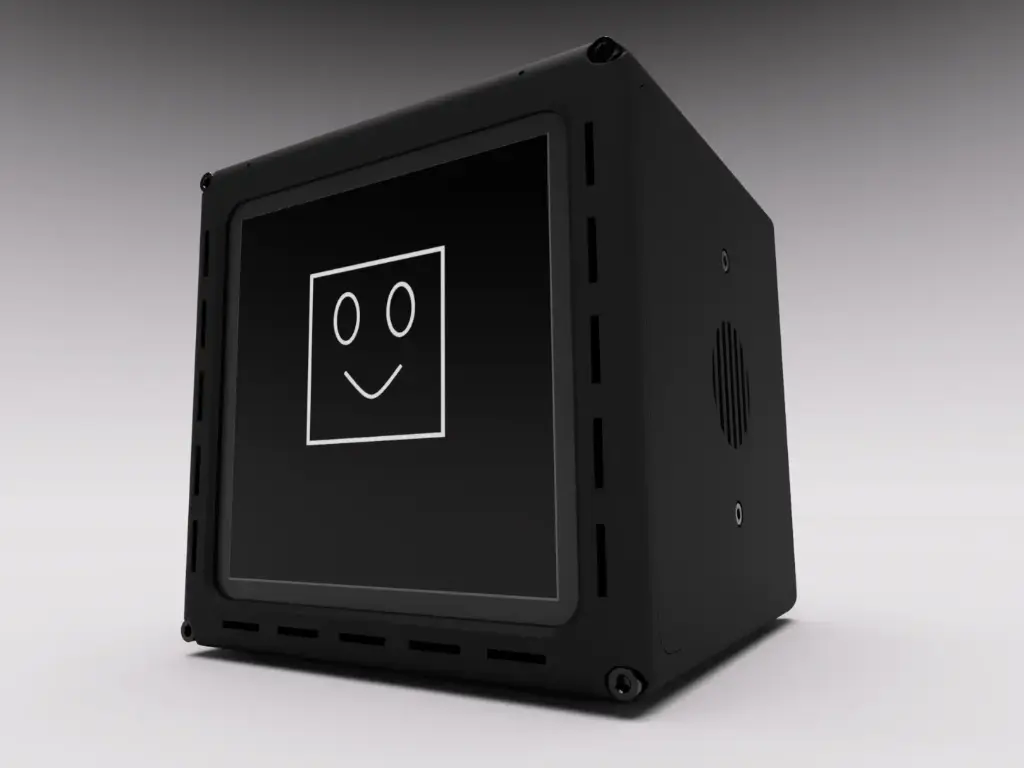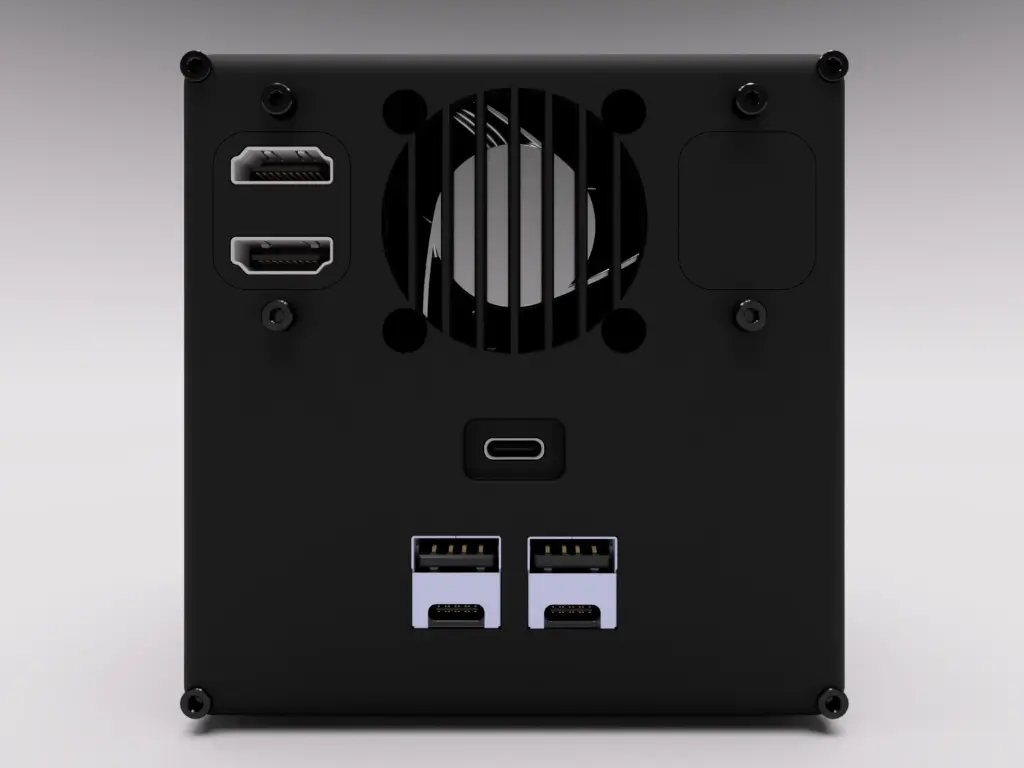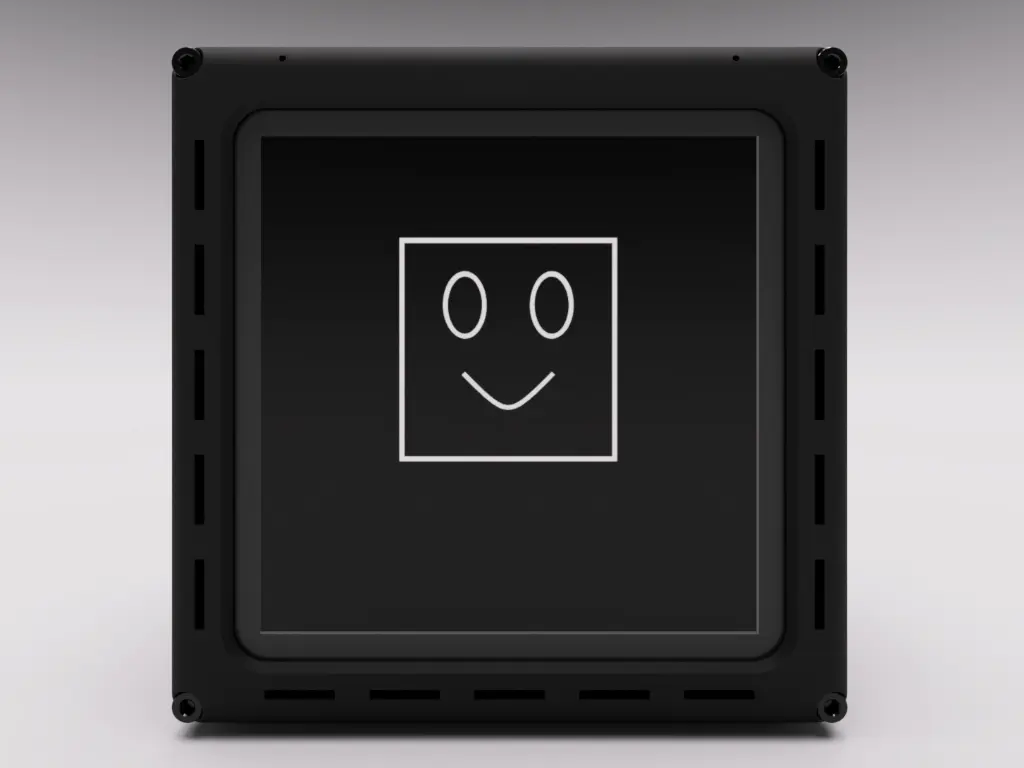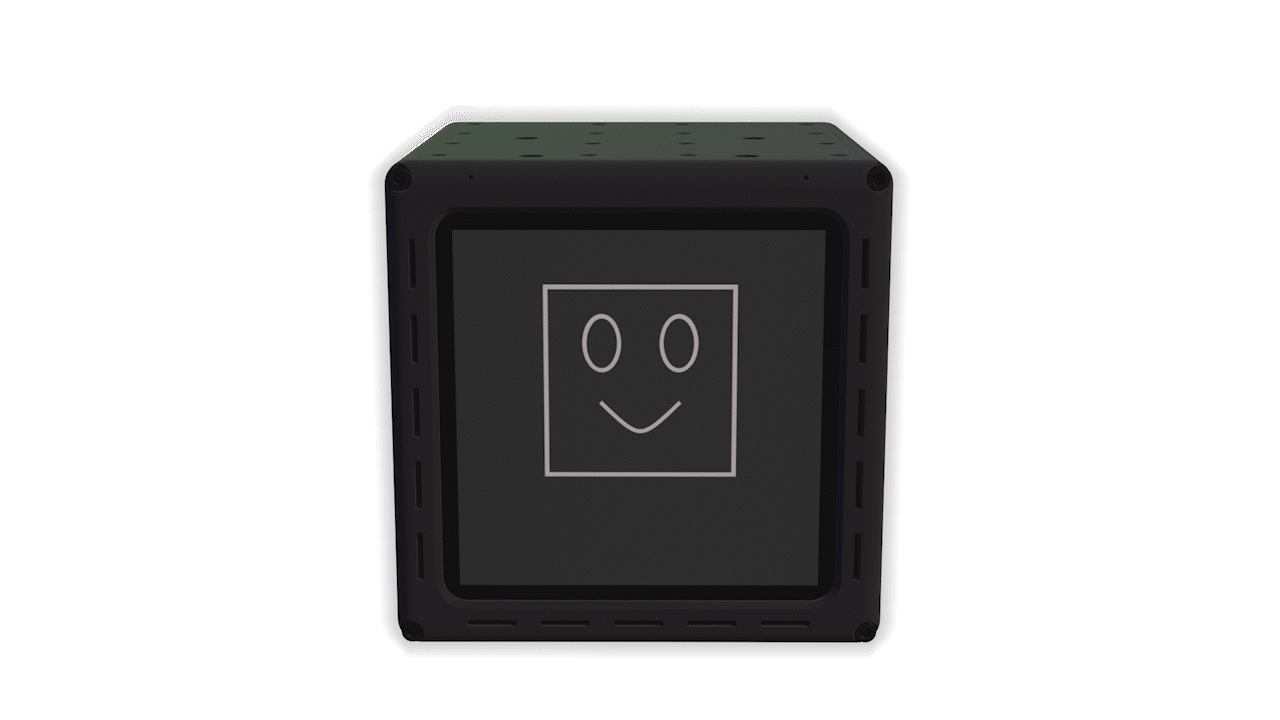TheCube was designed from the ground up to be open, extensible, and hackable. Whether you're building new apps, integrating with third-party APIs, designing hardware add-ons, or forking the entire runtime, you're welcome here.
Developer Resources
-
GitHub
Browse the open-source repositories, submit issues, contribute code, or fork your own version of CompanionOS and TheCube runtime.
github.com/Companion-TheCube
- Discord Community
Get real-time support, connect with other devs, share projects, and join beta testing programs.
Join the Discord
- 4thecube.com
Home of TheCube’s API, developer docs, app manifest specifications, device management tools, and system architecture guides.
Visit 4thecube.com
-
The Docs for TheCube
These are currently a work-in-progress, but they will be updated as we work on developing TheCube.
docs.4thecube.com
-
Printables.com Library
Access official toppers, mounts, and community-created 3D-printable accessories for TheCube.
Visit Our Printables Page
What You Can Build
-
Apps — Web UIs, background agents, or CLI-style tools powered by our API
-
Voice Extensions — Add wakeword actions, function calls, and custom behaviors
-
Hardware Modules — Build custom expansion boards or wireless stackable devices
-
Toppers & Shells — Design 3D-printable accessories, faces, mounts, and expressive add-ons
-
CompanionOS Mods — Customize the runtime, swap out AI services, or roll your own UX stack
Developer Tools & Support
-
Local HTTP and Unix socket APIs
-
Cross-platform SDKs (Python, JavaScript, C++; Rust in development)
-
Command-line tooling for app packaging and testing
-
OTA dev firmware channel
-
Fully open hardware and software stack
Truly Open Hardware
We publish everything:
-
Software source code
-
STL and STEP files for physical parts
-
Electrical schematics and PCB layouts
-
Interface standards for expansion modules
Whether you're writing code, building circuits, or modeling a goofy 3D-printed hat for TheCube—you are part of the team.












